Happy World Turtle Day! After being fortunate enough to see Olive Ridley turtles nesting in Costa Rica, I decided to delve deeper into why turtle tourism is key to ensuring the future of these graceful creatures and the best ways to get involved.
What are the threats?
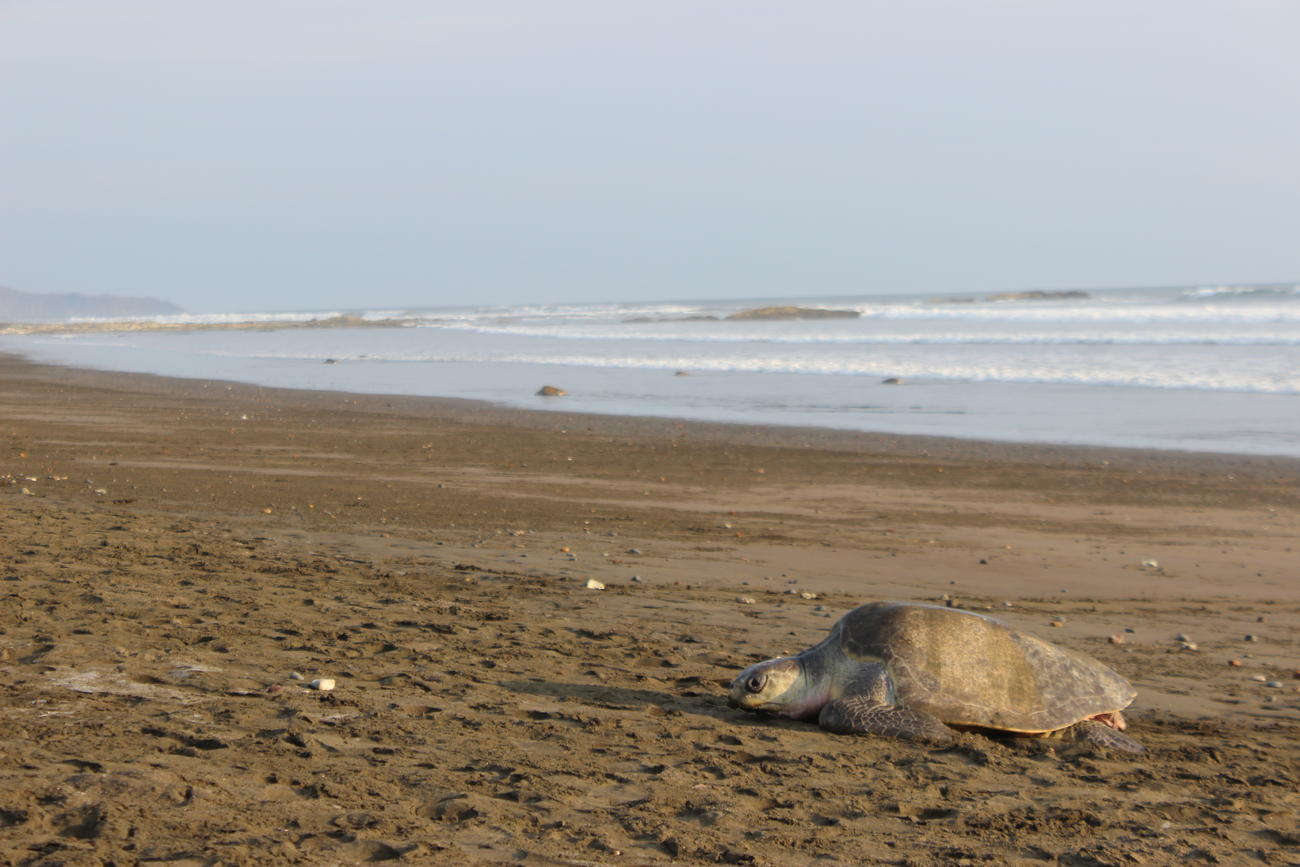
There are numerous threats to sea turtles, causing all species but one to be classified as vulnerable, endangered or critically endangered by the IUCN. Degradation of nesting sites to make way for development is a key threat, as many turtles will not nest on those beaches anymore. Turtles usually return to the beach they were born on so this can be very detrimental to their reproductive rates, especially since it takes decades for a sea turtle to mature to the reproduction stages.
Another way development on the coast can reduce their numbers is from light pollution causing hatchlings to walk towards the land and not the sea, as they confuse it with the light of the moon. Poaching is another huge threat, whether that be for turtle meat, eggs or shell.
The hawksbill turtle is the most endangered sea turtle due to the black market trade for its shell, used to make decorative objects from combs to sunglasses.
The changing climate affects the turtles foraging grounds through severe storms and coral bleaching, but it also alters their hatchling sex ratio. Turtles incubate their shells in warm sand, but the temperature of the sand determines whether male or female turtles hatch. This can be disastrous, as increasing climate temperatures are causing only females to be born.
Finally, like with most marine life, plastic and fishing nets floating in the ocean threaten sea turtle’s health.
How can tourism help?
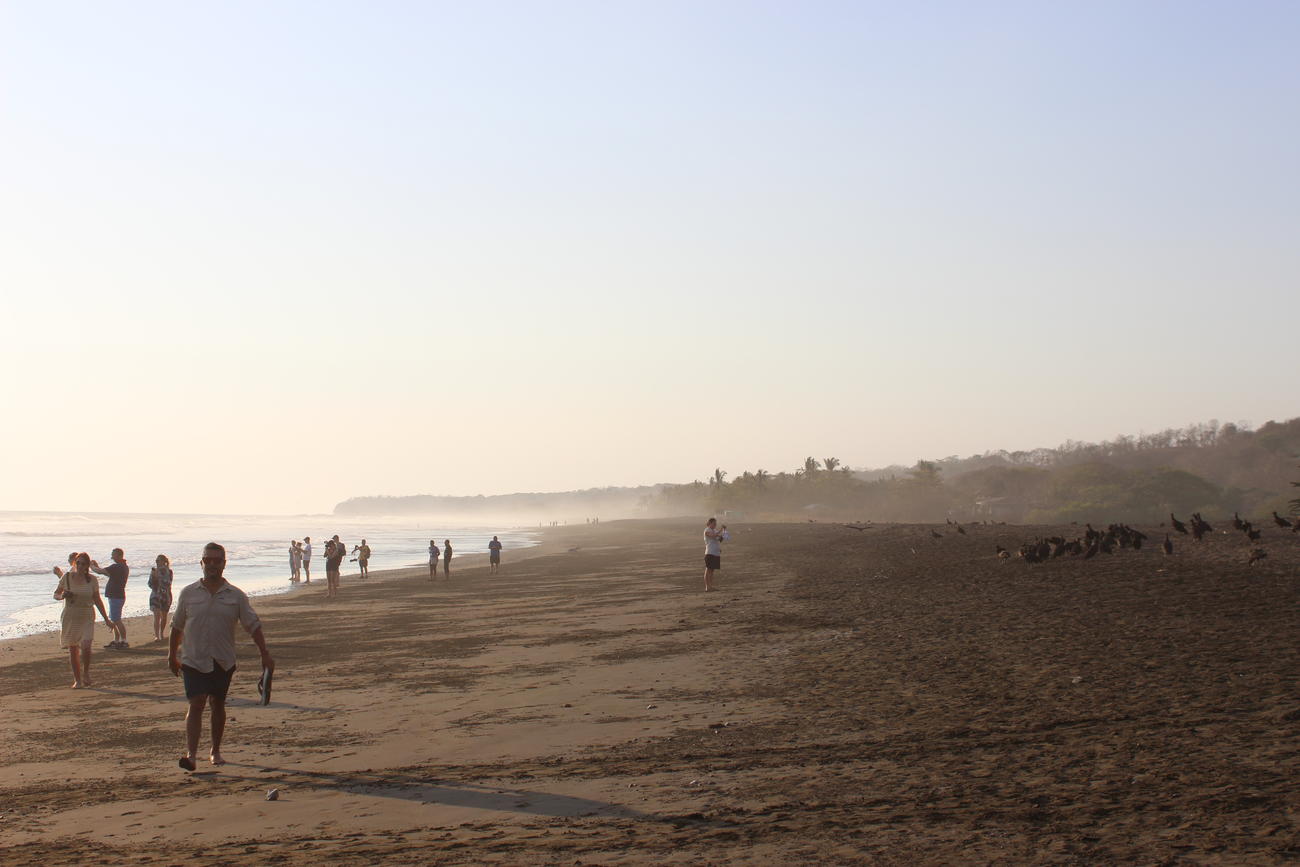
Some of the biggest conservation success stories have come about through tourism. For example, a whale shark in Australia is estimated to be worth around US$2 million over its 60-year lifespan through tourism, whilst a poached whale shark on the black market is worth around US$13,000.
In Costa Rica, Tortuguero National Park is the most-renowned site for sea turtle tourism. In a 2004 study from WWF, it was estimated that turtle tourism in the park generated US$6.7 million per year, confirming that sea turtles are worth nearly three times more alive than sea turtle products sold on the black market. The wealth of tourism also flows in the communities surrounding the turtles, whereas with poaching, it simply doesn't.
Costa Rica is aware of this and is one of the best countries to see turtles, due to their efforts to protect the turtles and bring tourism income to the local communities.
Best time to see Turtles in Costa Rica
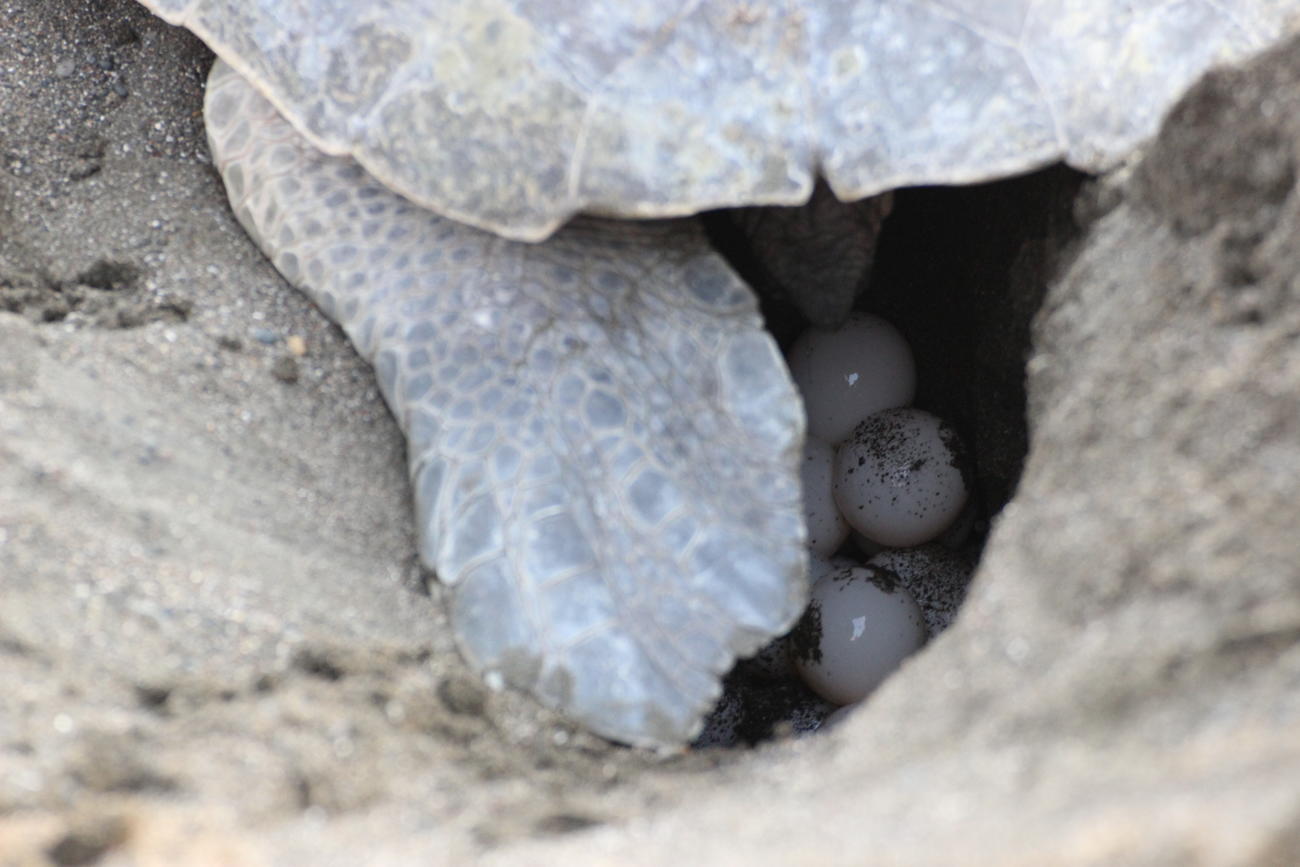
Turtles nest in Costa Rica on the Pacific and Caribbean coast. Although turtles are around throughout the year, as with any wildlife viewing experience, luck has to be on your side! If you are keen to see turtles, it's best to travel during peak nesting seasons accompanied by a local guide who can instruct you on how not to disturb the turtles. Here is my short guide to viewing turtles in Costa Rica.
Pacific Coast
I was lucky enough to witness Olive Ridley turtles nesting on the beaches of Playa Blanca on the Pacific Coast despite late May being unusually early for them to be nesting in the area. Olive Ridley’s nest in the Nicoya Peninsula en masse every few weeks from June to December.
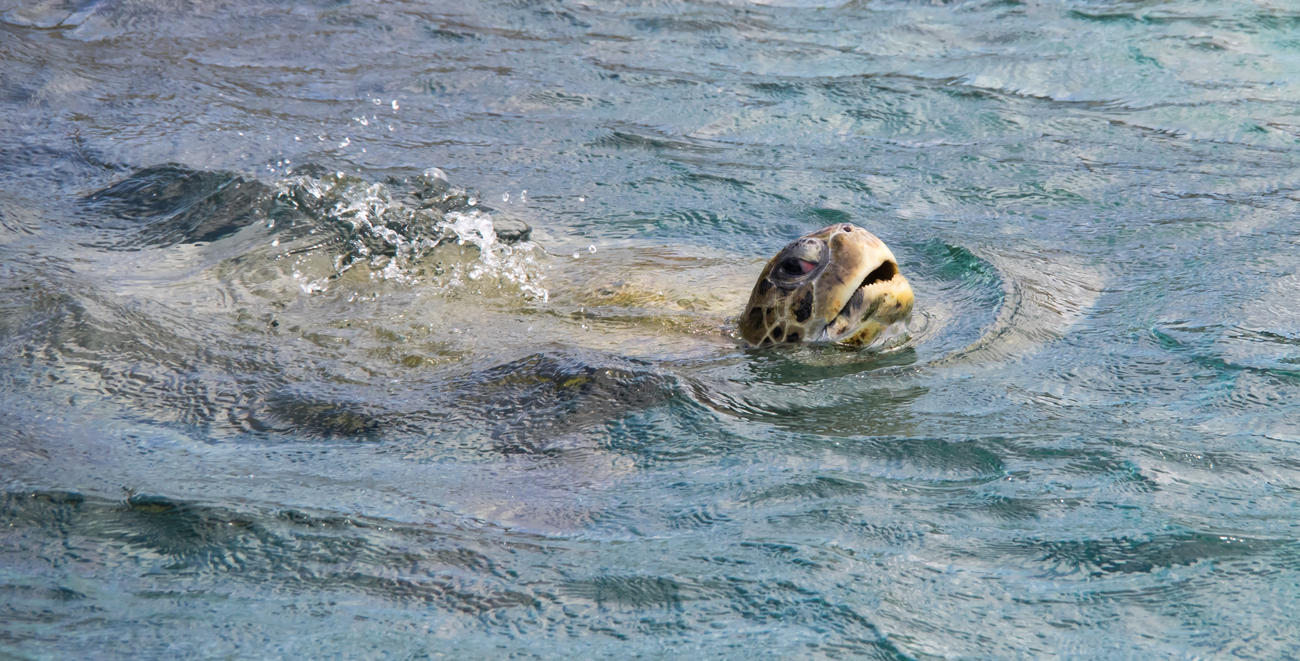
In the north-western Guanacaste region, leatherbacks (left) can be seen nesting from October to March in Las Baulas National Marine Park. The Osa Peninsular has four species of turtles visiting its shores, although the beaches are much more remote than other areas of the country. Leatherbacks can be seen from March to September, Olive Ridley's from June to December and Green or Hawksbill turtles from July to October.
Caribbean Coast
Leatherback turtles, the largest species of turtle, nest at Tortuguero National Park, as well as Hawksbill, Loggerhead and Green turtles. It's no wonder the park is named Tortuguero, meaning ‘Land of the Turtles’.
Green Turtle (right) nesting season is from July to October, the best time to see Leatherbacks is from March to May, Loggerheads are around from July to October and Hawksbills nest from March to October.
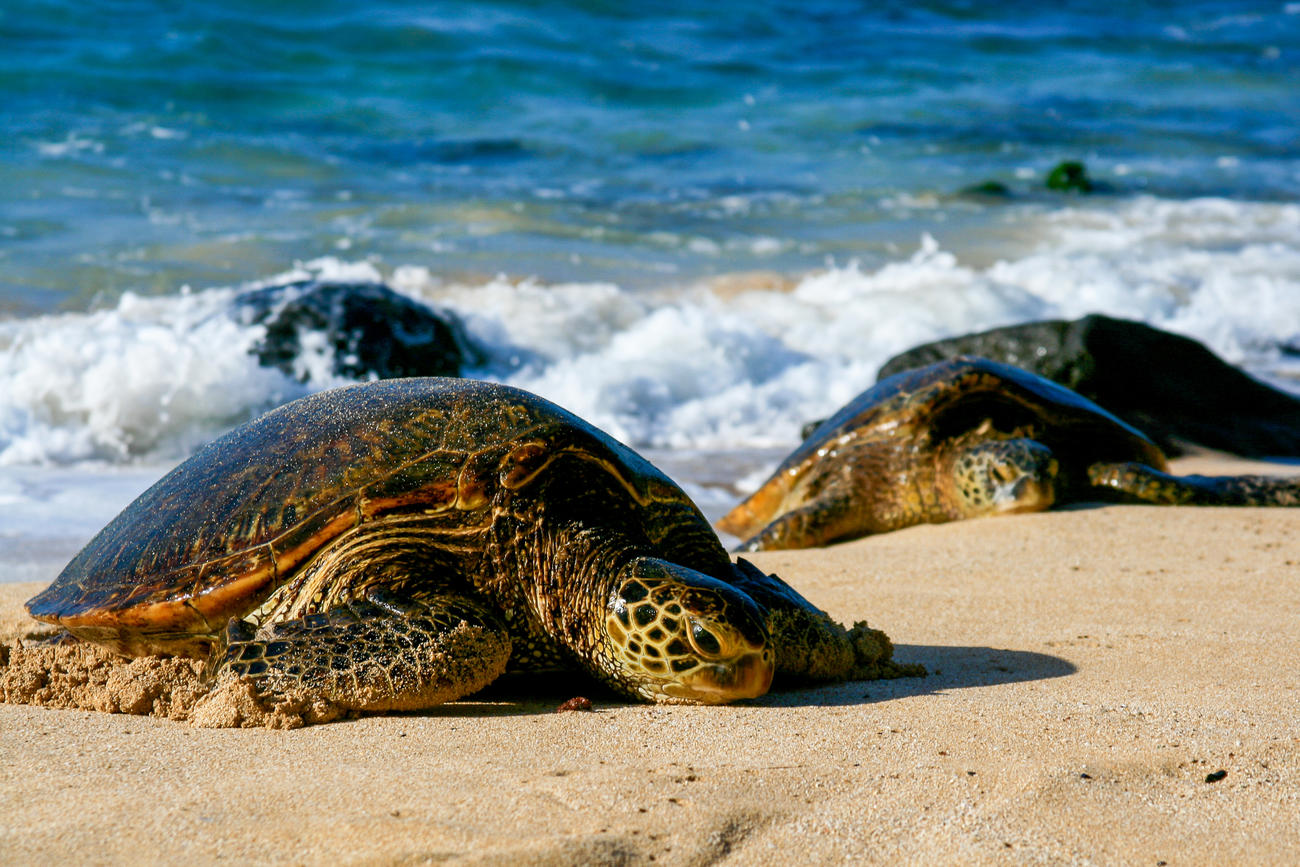
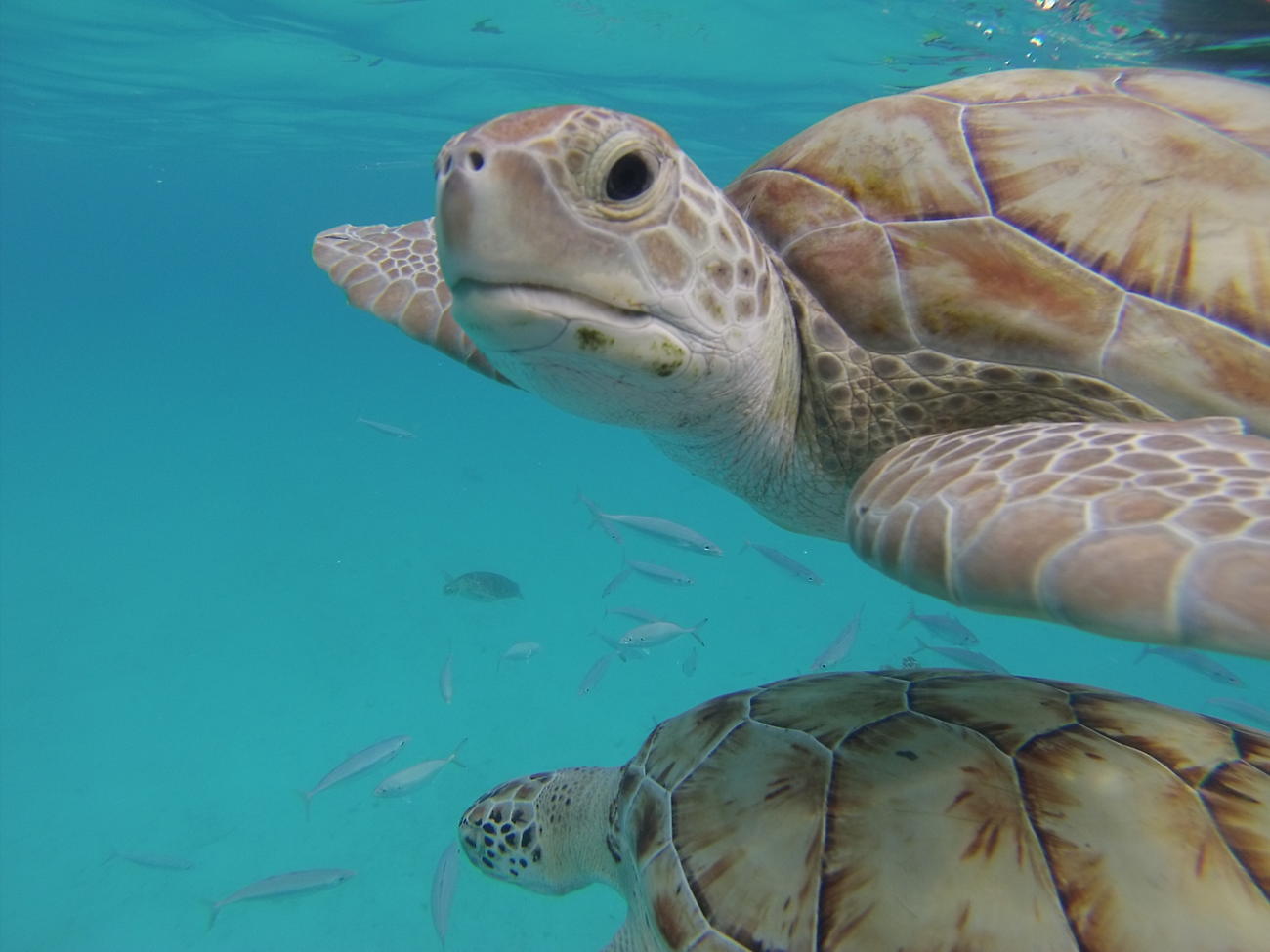
The less-well-known area to see turtles nesting on the Caribbean Coast is Gandoca-Manzanillo Wildlife Refuge, where Leatherbacks and Hawksbills (left) nest April to October.
Latin America Sea Turtles
On my trip, I met the fantastic NGO Latin America Sea Turtles (LAST). They are studying turtles in a non-conventional way. Most of what we know about turtles is from the nesting season, but of course, this only covers a short span of their lifetime and limits our information to the female turtles. So, what do the turtles do for the rest of the year, especially the males? This is something that LAST are trying to answer.
Thanks to the help of volunteers travelling to the country, LAST studies turtles at Golfo Dulce, in the Osa Peninsular. They have partnered with previous turtle poachers, who help them safely catch turtles in a net so they can collect data and tag the turtles. Young turtles come to the relatively calm waters for feeding and to the mangroves for protection. Therefore, LAST also take part in mangrove restoration, animal rescue, beach cleans and environmental education.
LAST have now identified the migration patterns of Hawksbill turtles in the area, an incredible achievement. It is possible to spend a day helping with turtle data collection on an excursion with Wild Frontiers, please enquire for more details.
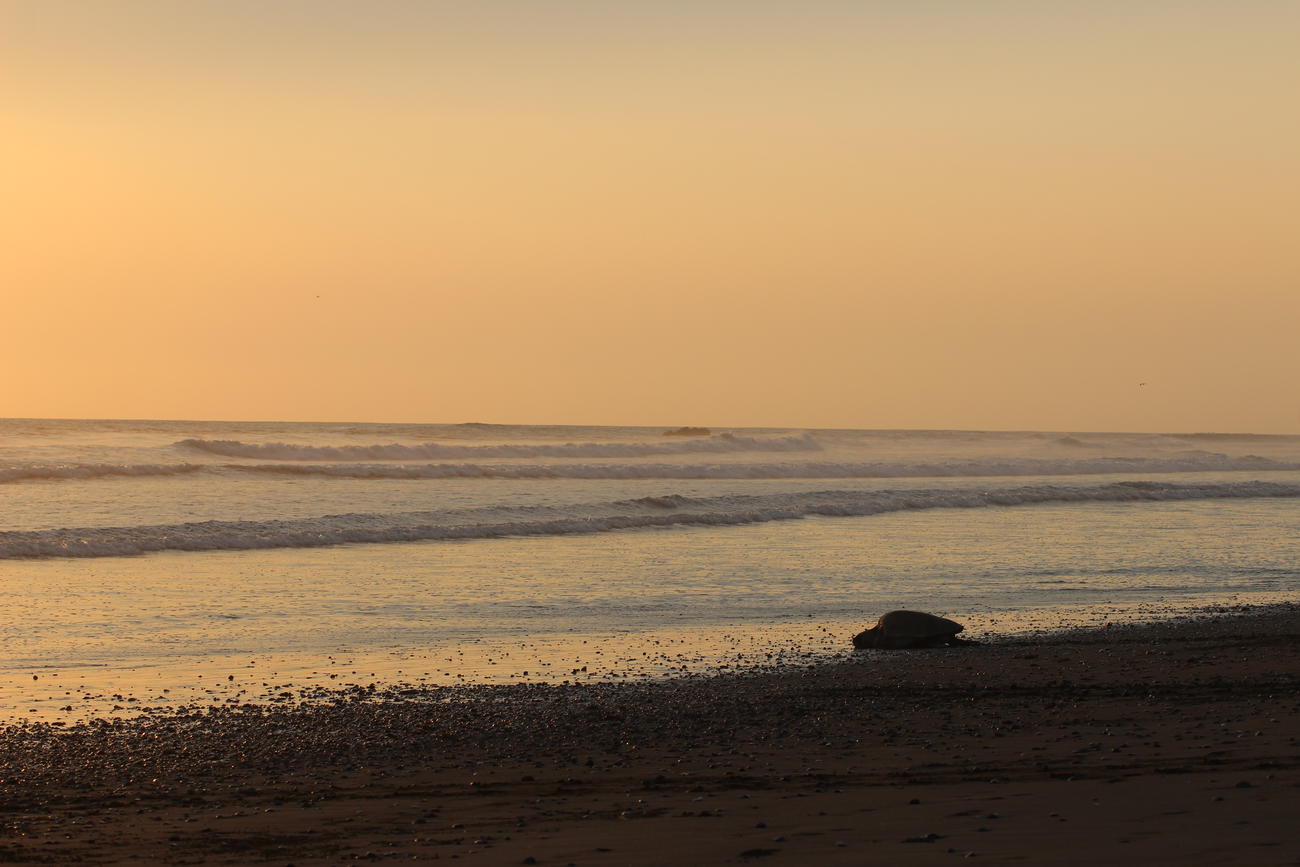
If you are as obsessed with the mystery of sea turtles as I am, then Costa Rica is the ultimate travel destination! Just make sure to follow the guidelines outlined by the guides and authorities, and you will provide much-needed income to the future protection of these turtles.
